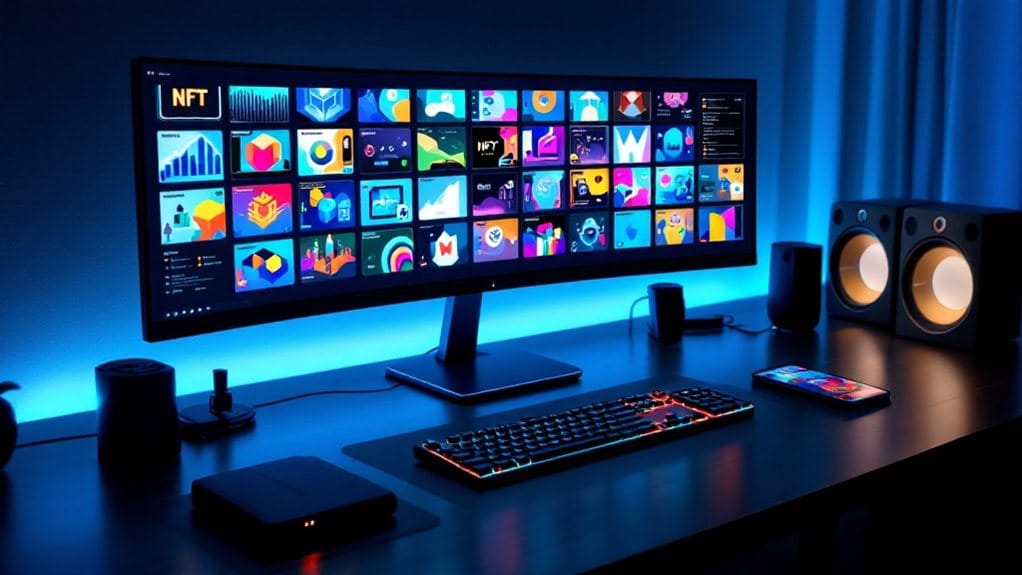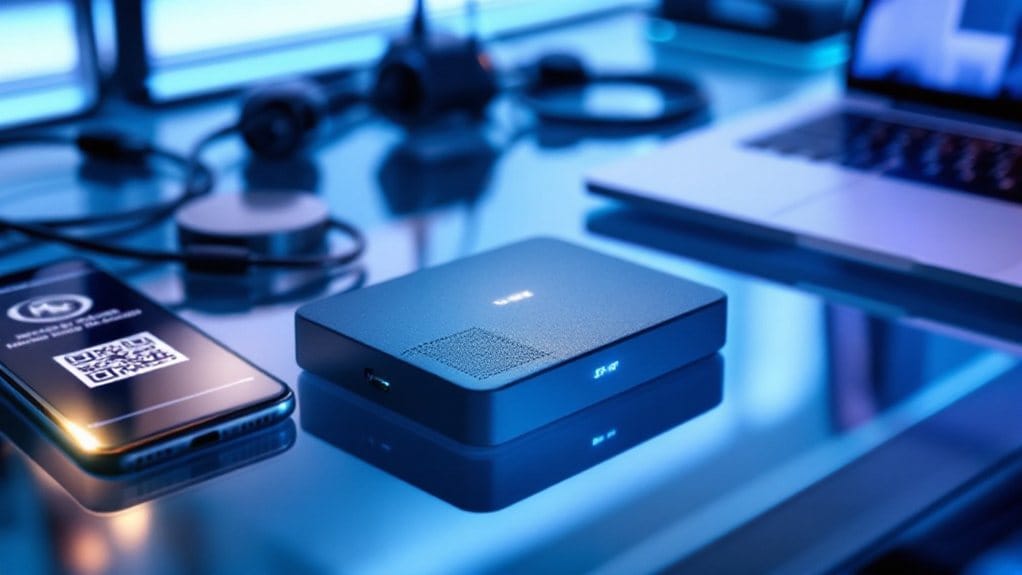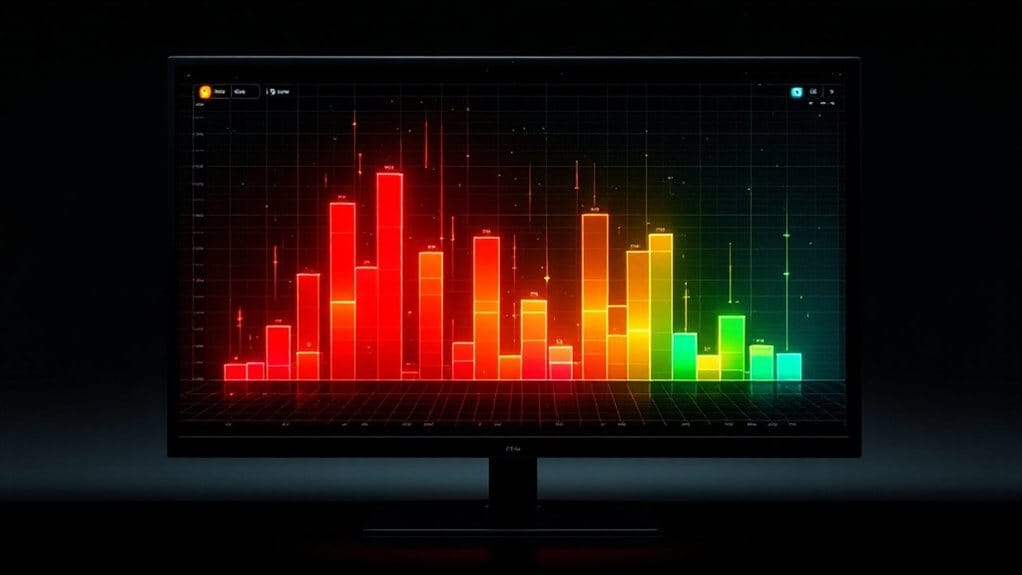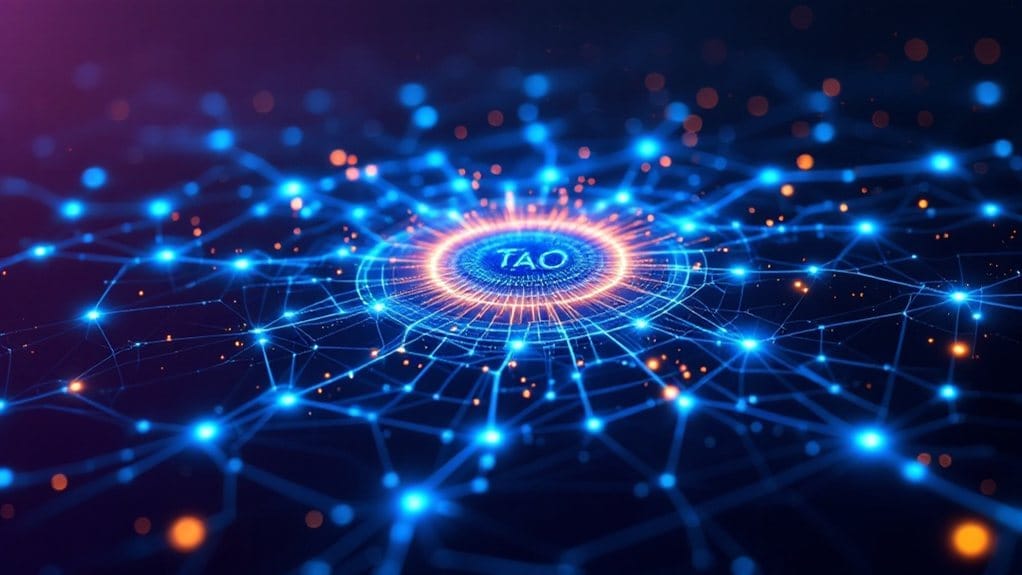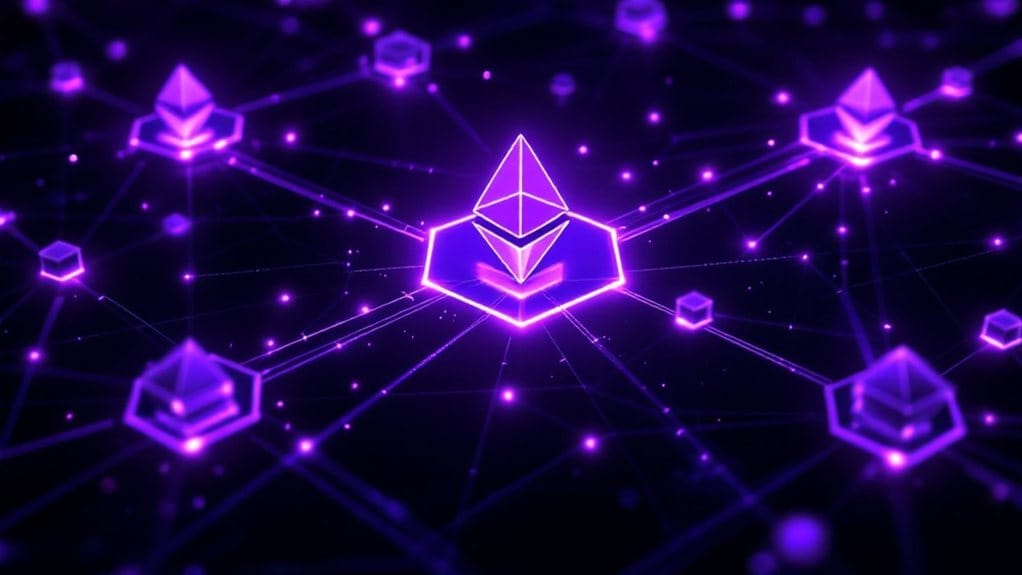Purchasing an NFT involves five fundamental steps: selecting a marketplace like OpenSea or Rarible, setting up a cryptocurrency wallet such as MetaMask or Trust Wallet, funding the wallet through exchanges like Coinbase, carefully browsing NFT collections while considering factors like rarity and utility, and implementing security measures throughout the process. Gas fees typically range from $10 to $150, depending on network congestion, making timing and marketplace selection vital factors in successful NFT acquisition. These key steps open the gateway to digital asset ownership.
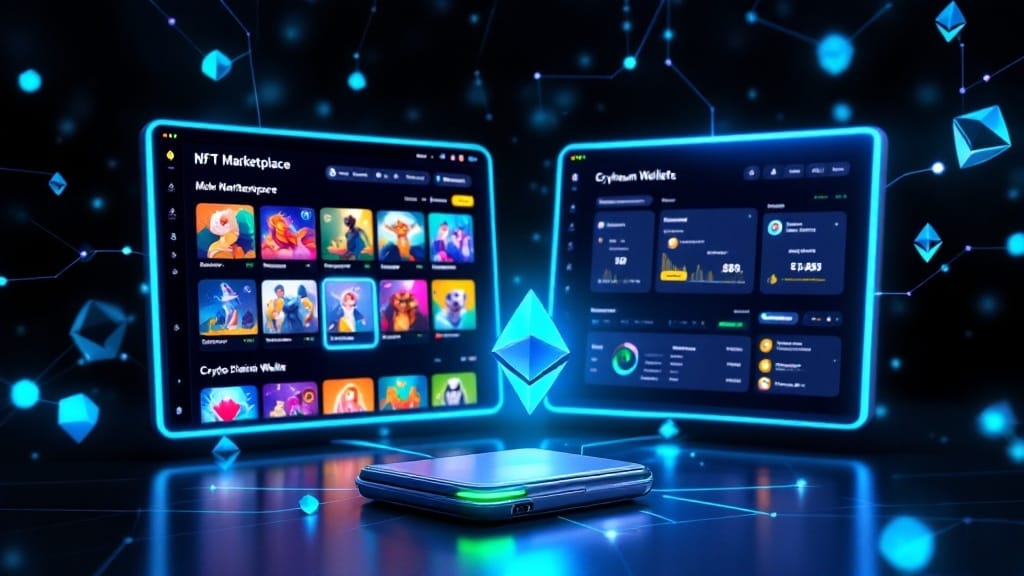
While the world of non-fungible tokens (NFTs) can appear intimidating at initial glance, understanding the fundamental steps of purchasing these digital assets has become increasingly essential in today's digital economy. The process begins with selecting an appropriate NFT marketplace, with platforms like OpenSea, Rarible, and Magic Eden offering distinct features and specializing in different types of digital assets, from artwork to gaming items. Layer-2 solutions like Polygon provide cost-effective alternatives for NFT transactions. Each digital asset available for purchase represents a unique token that cannot be replicated or substituted.
The next important step involves setting up a secure cryptocurrency wallet, with popular options including MetaMask for browser-based access, Trust Wallet for mobile functionality, or hardware wallets like Ledger for improved security. Users must verify their chosen wallet supports the cryptocurrencies accepted by their target marketplace, with Ethereum remaining the predominant currency for NFT transactions across major platforms.
Selecting a compatible crypto wallet is crucial for NFT trading, with options ranging from browser extensions to secure hardware solutions.
Funding the crypto wallet requires purchasing cryptocurrency through established exchanges such as Coinbase or Binance, followed by transferring these digital assets to the connected wallet. Buyers must account for both the NFT's purchase price and associated gas fees, which can fluctuate between $10 and $150 depending on network congestion, confirming sufficient funds are available for complete transactions. Tools like rarity scores help buyers evaluate the potential value of NFTs based on their unique features and scarcity within collections.
Once the wallet is properly funded, users can begin browsing NFT marketplaces, filtering through various categories including digital art, collectibles, and gaming assets. Successful NFT acquisition requires careful consideration of factors such as rarity, utility, and community support, with limited editions often commanding higher value in the resale market.
Security remains paramount throughout the process, necessitating the implementation of robust measures such as complex passwords and two-factor authentication for wallet protection. Users should also verify marketplace authenticity and carefully review transaction details before confirming purchases, as NFT transactions are typically irreversible.
The entire process, while technical in nature, has become increasingly streamlined through user-friendly interfaces and extensive platform support, enabling broader participation in the growing NFT ecosystem.
FAQs
What Happens if I Lose Access to My Digital Wallet?
Losing access to a digital wallet can have severe consequences, including potential financial losses and compromised personal data.
Users may permanently lose funds stored in non-insured wallets, while identity theft becomes a significant risk if sensitive information is exposed.
Implementation of multi-factor authentication, regular backups, and hardware wallets can mitigate these risks, while enabling remote wipe features provides an additional security layer against unauthorized access.
Can I Create and Sell My Own NFTS Without Technical Knowledge?
Creating and selling NFTs without technical knowledge is feasible through user-friendly platforms like OpenSea and Rarible, which handle the complex blockchain interactions.
Users need only:
- Set up a digital wallet (MetaMask or similar)
- Connect the wallet to an NFT marketplace
- Upload digital content (art, music, videos)
- Set pricing and listing details
The process requires minimal technical expertise, though understanding gas fees and marketplace commissions remains essential for successful transactions.
How Do I Know if an NFT Collection Is Legitimate?
To determine an NFT collection's legitimacy, investors should examine multiple key indicators:
- Trading patterns showing organic volume rather than wash trading
- Verified team identities and established social media presence
- Clear project roadmap with realistic goals
- Active community engagement across platforms
- Proper smart contract verification on established marketplaces
- Price consistency without suspicious fluctuations
- Historical transaction data from reliable analytics platforms
These factors, when evaluated together, help identify genuine collections versus potential scams.
Are NFT Transactions Reversible if I Make a Mistake?
NFT transactions on blockchain networks are irreversible once confirmed, as the technology's core feature is immutability.
Unlike traditional financial systems with chargeback mechanisms, blockchain transactions cannot be canceled or reversed after validation.
While Stanford researchers have proposed reversible NFT standards (ERC-20R and ERC-721R) incorporating time-sensitive dispute resolution, these solutions remain experimental and are not widely implemented in current NFT marketplaces.
What Determines an Nft's Value Over Time?
An NFT's value over time is primarily influenced by four key factors: rarity/scarcity metrics, market demand dynamics, creator reputation, and historical significance.
Limited edition releases and unique attributes drive scarcity value, while market demand fluctuates based on collector interest and social media trends.
Furthermore, the creator's reputation and brand recognition considerably impact pricing, alongside any historical or cultural importance the NFT may possess in the digital art landscape.
